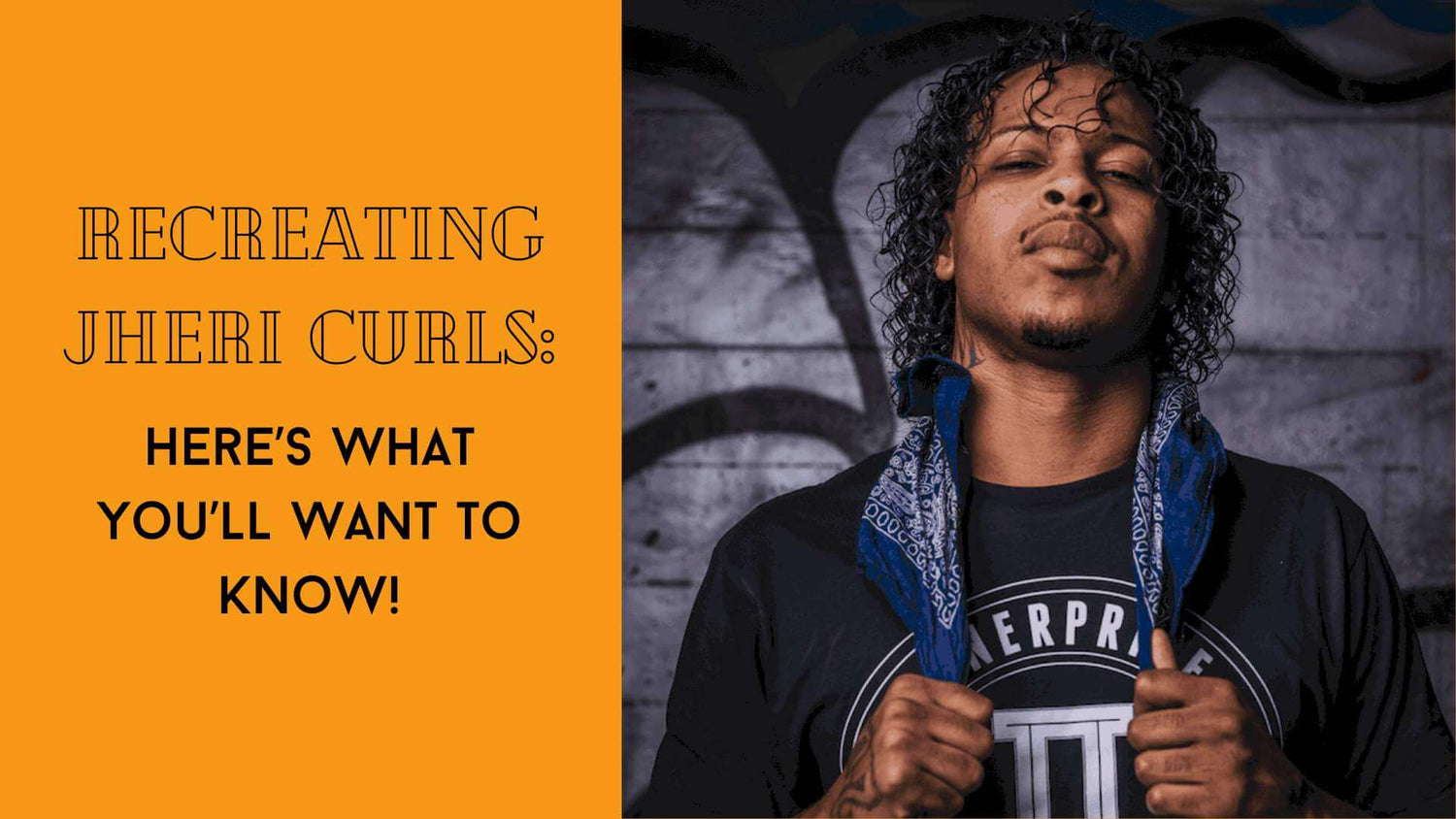Being a parent is FULL of surprises, and what a surprise it can be when a your straight haired genes produce a curly haired kid!
If you're a Mum who's more familiar with the world of straighteners and blow-dryers, finding yourself faced with a cascade of curls can be a bit overwhelming.
But fear not! This guide is here to help you navigate how to take care of curly hair and ensure that your little one's locks remain healthy, vibrant, and full of life.
Understanding Curly Hair
Before delving into the specifics of curly hair care, it's essential to understand the unique nature of curly locks.
Curly hair comes in various types and patterns, from loose waves to tight coils. Each type has its own set of challenges and beauty.
"Genetics play a significant role in determining the hair type your child inherits, making each head of curls truly one-of-a-kind".
How to Care For Curly Hair - The Basics
- Cleansing: One of the first steps in caring for curly hair is finding the right balance between cleanliness and moisture retention. Traditional shampoos containing sulphates can strip the hair of its natural oils, leading to dryness and frizz. Opt for sulphate-free shampoos, and consider shampooing less frequently to maintain the hair's natural oils.

- Conditioning: Moisture is the key to taming curls. After cleansing, apply a rich conditioner for curly hair and detangle gently using a Flexi Brush or a wide-tooth comb to prevent breakage. Leave-in conditioners can be a game-changer for a kid with curly hair, helping to maintain moisture throughout the day and rid those dreaded knots at bathtime.
- Drying techniques: Ditch the rough towels and embrace a microfiber cloth to gently blot excess moisture from the hair. Avoid rubbing vigorously, as this can cause frizz and disrupt the curl pattern.
- Detangling: Curly hair is prone to tangling, but patience is the key. Use a Flexi Brush or your fingers to detangle gently, preferably while the hair is wet and coated with conditioner.
Curly Hair Styling Tips
- Invest in a brush designed for curls: Say goodbye to “normal” brushes and hello to a purpose built detangler! If you don't have one of these, the next best things are in fact, your fingers! Finger-combing is simple, requires minimal effort and won’t disrupt the curls' natural pattern.
- Product application: Curl-defining creams, gels, and lightweight foams are your new best friends. Apply these products to your child's damp hair, ensuring even distribution from root to tip.
- Plopping and scrunching: Enhance your child's natural curls by plopping—wrapping the hair in a microfiber towel or cotton t-shirt—and scrunching the curls upward. This technique encourages the curls to form naturally without creating frizz.
- Protective hairstyles: Consider braids, twists, or buns to protect your little ones hair from tangling, particularly during school, playtime or sleep.
Nighttime Routine - How to Care For Curly Hair Overnight
- Silk or satin pillowcases: Switch out the cotton pillowcases for silk or satin alternatives to reduce friction and minimise frizz and breakage while sleeping.
- Pineappling: Gather the hair loosely at the crown of the head and secure it with a scrunchie. This technique prevents flattening and preserves the curls' shape.
- Refreshing curls: Use a spray bottle with a mixture of water and leave-in conditioner to revitalise and reshape the curls in the morning.

Dealing with Common Curly Hair Challenges
- Frizz control: Combat frizz by using anti-frizz products and minimising how much you touch the hair throughout the day.
- Hydration: Regular deep conditioning treatments and moisturising masks can help keep your child's curls soft and hydrated.
- Shrinkage acceptance: Embrace the natural length of curly hair, even if it appears shorter due to shrinkage when dry.
- Creative styling: Transform bad hair days into an opportunity for creative and unique hairstyles that celebrate your child's individuality.
Maintenance and Long-Term Care
- Regular trims: Schedule regular hair trims to prevent split ends and maintain the overall shape and health of the curls.
- Say no to heat: Minimise heat styling to protect the hair from damage. Embrace air-drying to preserve the curls' natural texture.
- Sulphate-free products: Stick to sulphate-free shampoos and products to avoid stripping the hair of its natural oils and causing dryness.
- Embrace the journey: Help your child embrace and love their unique curls, fostering a positive relationship with their hair.
Teaching Curly Hair Confidence
- Positive reinforcement: Compliment your child's curls and teach them to appreciate their natural beauty. We’ve come a long way, and textured hair is no longer perceived as “untidy”, however the way you talk about your child's sometimes “unruly” locks can determine the relationship they will have in the future with their head of hair.
- Representation matters: Find curly-haired role models in media to inspire and celebrate diverse hair types.
- Experimentation: Encourage your child to experiment with different hairstyles, embracing their creativity and self-expression.
- Inner confidence: Foster self-esteem that extends beyond physical appearance, teaching your child that their worth goes beyond their hair type.

Building a Curly Hair Community
- Online resources: Explore curly hair forums, blogs, and social media groups for tips, advice, and shared experiences. There are loads of education platforms online that are super easy to access.
- Connecting with other families: Form connections with other parents who are also learning how to take care of curly hair, either, they have curls themselves or they have a curly haired kid. Exchanging tips and stories is a great way to learn new skills.
- Empowerment through community: Help your child connect with others who share similar hair journeys, boosting their confidence and sense of belonging.
- Find a stylist: Find a curl specialist that can guide you and educate you on how to take care of your child's curls can be a really important step forward, for you and your child! (Not to mention they will be able to cut their hair properly).
As a straight-haired mum - or dad, embarking on the journey of caring for your curly-haired child might seem overwhelming at first. But remember with the right care, patience, and the love you already provide, your child's curly locks can flourish, becoming a beautiful symbol of their unique identity.
So, take a deep breath, and with your newfound knowledge, get ready to confidently steop into knowing how to take care of your curly hair-ed kid. Nurturing your child's locks and their self-esteem along the way.

LOHY x





